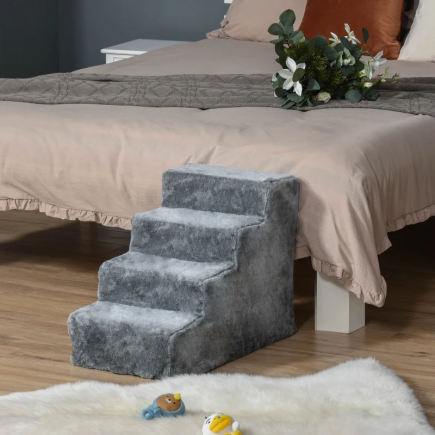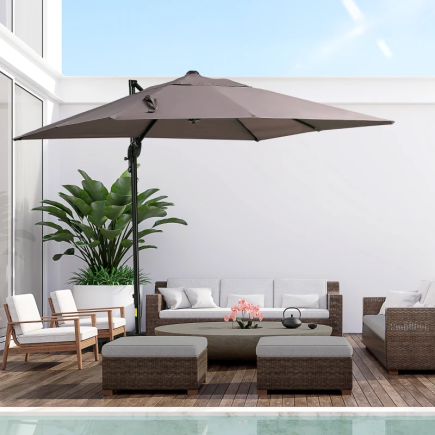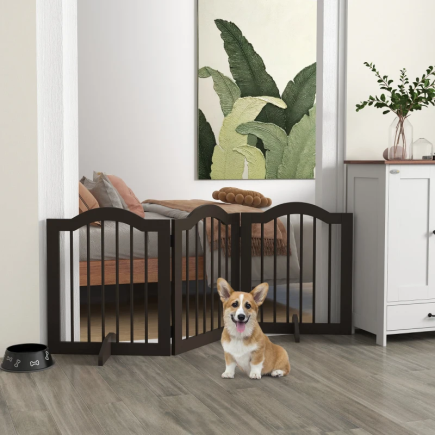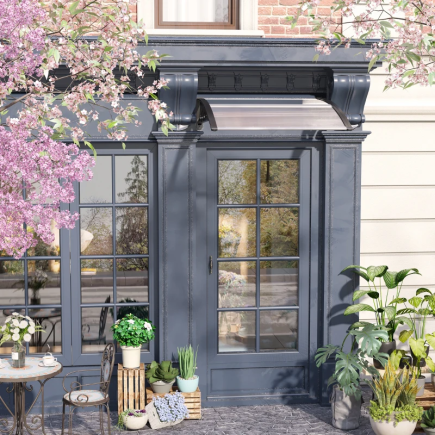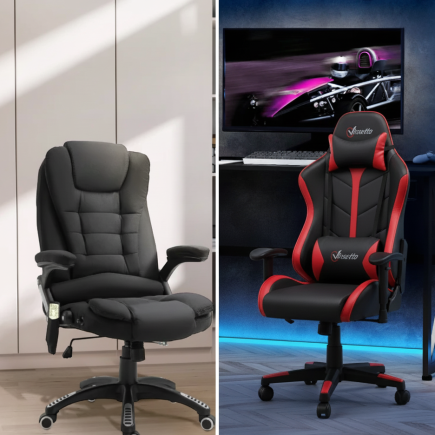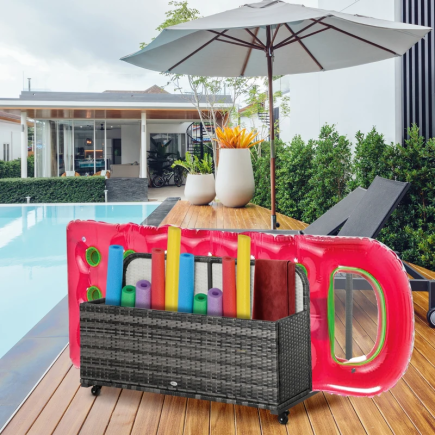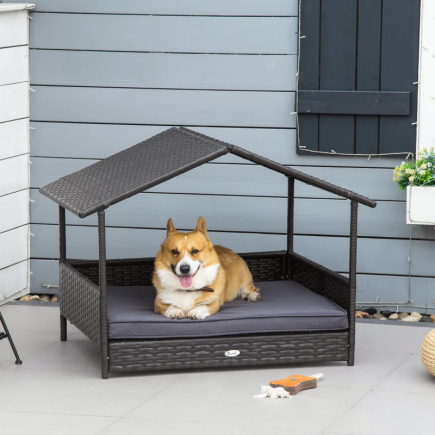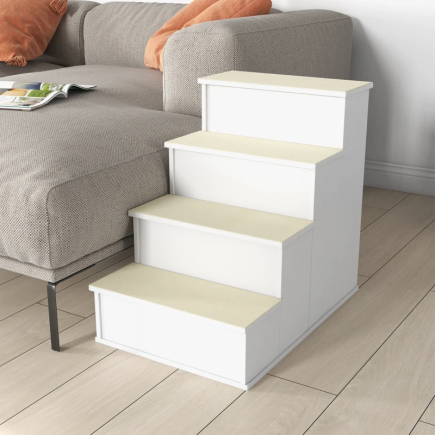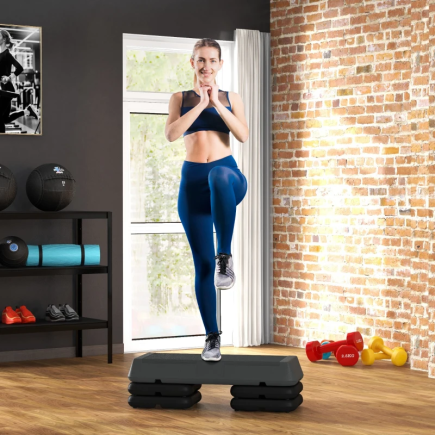When summer heat makes your home feel uncomfortable, a portable air conditioner can be the simplest solution. Unlike central air or fixed window units, portable ACs are flexible. You can roll them from room to room, set them up without professional help, and enjoy targeted cooling exactly where you need it.

But while they seem straightforward, many users don’t fully understand how they work. Knowing the process helps you:
- Use your AC more effectively for quicker cooling.
- Avoid mistakes that waste energy.
- Choose the right model for your space.
- Maintain it properly for long-lasting performance.
This guide explains everything step by step, from the cooling cycle to real-life performance, so you’ll know exactly what your machine is doing and why.
The Basic Principle of Portable Air Conditioners
Portable ACs work like refrigerators: they transfer heat rather than “create” coolness. The system removes heat and moisture from indoor air and pushes it outdoors, while returning cooler air back into the room.
The cycle works like this:
- Air intake:The unit pulls in warm, humid air.
- Cooling with refrigerant:Air passes over evaporator coils; refrigerant absorbs heat.
- Heat expulsion:The refrigerant moves to the condenser, where a fan pushes heat outside through an exhaust hose.
- Cooled air return:The fan blows cooled air back into the room.
- Moisture removal:Humidity condenses, either evaporating, draining away, or collecting in a tank.
This process repeats until the room reaches your set temperature.
Key Components and Their Role
| Component | Function |
| Compressor | Pressurises refrigerant to absorb and release heat. |
| Evaporator coil | Absorbs heat from room air. |
| Condenser coil | Releases heat outside. |
| Fans | One circulates cool air indoors, another pushes hot air outdoors. |
| Exhaust hose | Channels hot air outside through a window kit. |
| Drainage system | Handles moisture through a tank, hose, or self-evaporation. |
Together, these create a closed-loop system that continuously cools and dehumidifies your space.

Ventilation:
Portable ACs must be vented. Without a way to expel hot air, cooling is impossible.
- Exhaust hose function: Connects to a window or sliding door, sending hot air outdoors.
- Window kit basics: Most kits fit vertical or horizontal sliders; casement windows may need adjustments.

Tip: Keep the hose short and straight for best performance.
Moisture and Condensation Management
Cooling air also removes humidity. How a unit handles this depends on design:
| System | How It Works | Best For |
| Manual tank | Collects water for manual draining | Light or occasional use |
| Continuous drain hose | Hose provides steady drainage | Humid environments |
| Self-evaporating | Recycles moisture and expels it with exhaust | Low-maintenance convenience |
Even self-evaporating models may need occasional draining in very humid areas.
Single-Hose vs. Dual-Hose
Single-hose
Draws air from the room, cools it, and exhausts hot air outdoors. Creates slight negative pressure, which can pull warm air back inside.
Dual-hose
One hose pulls in outside air for cooling, the other exhausts hot air. More efficient, especially in larger rooms.
| Feature | Single-Hose | Dual-Hose |
| Cost | Lower | Higher |
| Efficiency | Adequate for small rooms | Stronger, faster for large rooms |
| Installation | Easier | Slightly more complex |
Thermostat and Cooling Cycle
Portable ACs don’t run non-stop. The thermostat regulates temperature:
- When the room is warmer than your set level, the compressor cools.
- Once the temperature is reached, the compressor stops, but the fan may circulate air.
- The cycle restarts if the room heats up again.
This ensures consistent comfort while saving energy.
Comparing Portable ACs to Other Cooling Systems
| System | Pros | Cons |
| Portable AC | Flexible, renter-friendly, easy setup | Louder, less efficient, uses floor space |
| Window AC | More efficient, quieter | Blocks window, harder to install |
| Central Air | Whole-home comfort | Expensive, permanent install |
| Evaporative cooler | Energy-saving in dry climates | Ineffective in humid climates |
Energy Efficiency and Power Use
Portable ACs use more energy than window or central systems, but proper use reduces costs.
Average usage by size:
- 10,000 BTU: 900–1,100 watts/hour
- 12,000 BTU: 1,000–1,400 watts/hour
- 14,000 BTU: 1,300–1,500+ watts/hour

EER (Energy Efficiency Ratio):
- 8–9 = standard
- 10+ = efficient
Tips for saving energy:
- Cool only occupied rooms.
- Seal doors and windows.
- Use blackout curtains.
- Run on eco or sleep mode.
Noise and Comfort
Portable ACs usually operate at 50–65 dB (like conversation or light rain).
- Bedrooms: Look for sleep mode.
- Offices: Noise may interrupt calls.
- Living rooms: Often less noticeable.

Tip: Always place on a stable surface to avoid vibration noise.
Portable Air Conditioners work by removing heat and moisture from indoor air, expelling it outside, and recirculating cooled air inside. They are not the quietest or most efficient option, but they offer unmatched convenience, flexibility, and simple setup.
They’re best suited for:
- Renters or temporary setups.
- Small to medium-sized rooms.
- People who value mobility and easy storage.
With the right choice and proper care, a portable air conditioner can keep your home cool and comfortable every summer.
FAQs
1. Do portable air conditioners need to be vented out a window?
Portable air conditioners must release hot air outside. If there’s no window available, you can safely vent the unit through a wall or wall vent, as long as the hot air exits the room you’re cooling.
2. Do I need to add water to my portable air conditioner?
No, you don’t need to add water. These units naturally produce water during operation, which is either evaporated automatically or collected in a tank for draining.
3. Do portable air conditioners improve indoor air quality?
Indirectly, yes. By removing humidity and filtering air, they can reduce mould risk and airborne particles. However, they are not a substitute for dedicated air purifiers.
4. Can a portable AC replace central air conditioning?
Not for entire homes. Portable ACs are ideal for targeted cooling in small to medium rooms, but they cannot provide whole-house comfort like central systems.

